After a good night’s rest at Base Camp/Headquarters, our Day 2 began bright and early. We had to check out of tent city no later than 8:30 a.m. and report to the Welcome Center at our scheduled departure time. This was it – the real beginning of our trek!
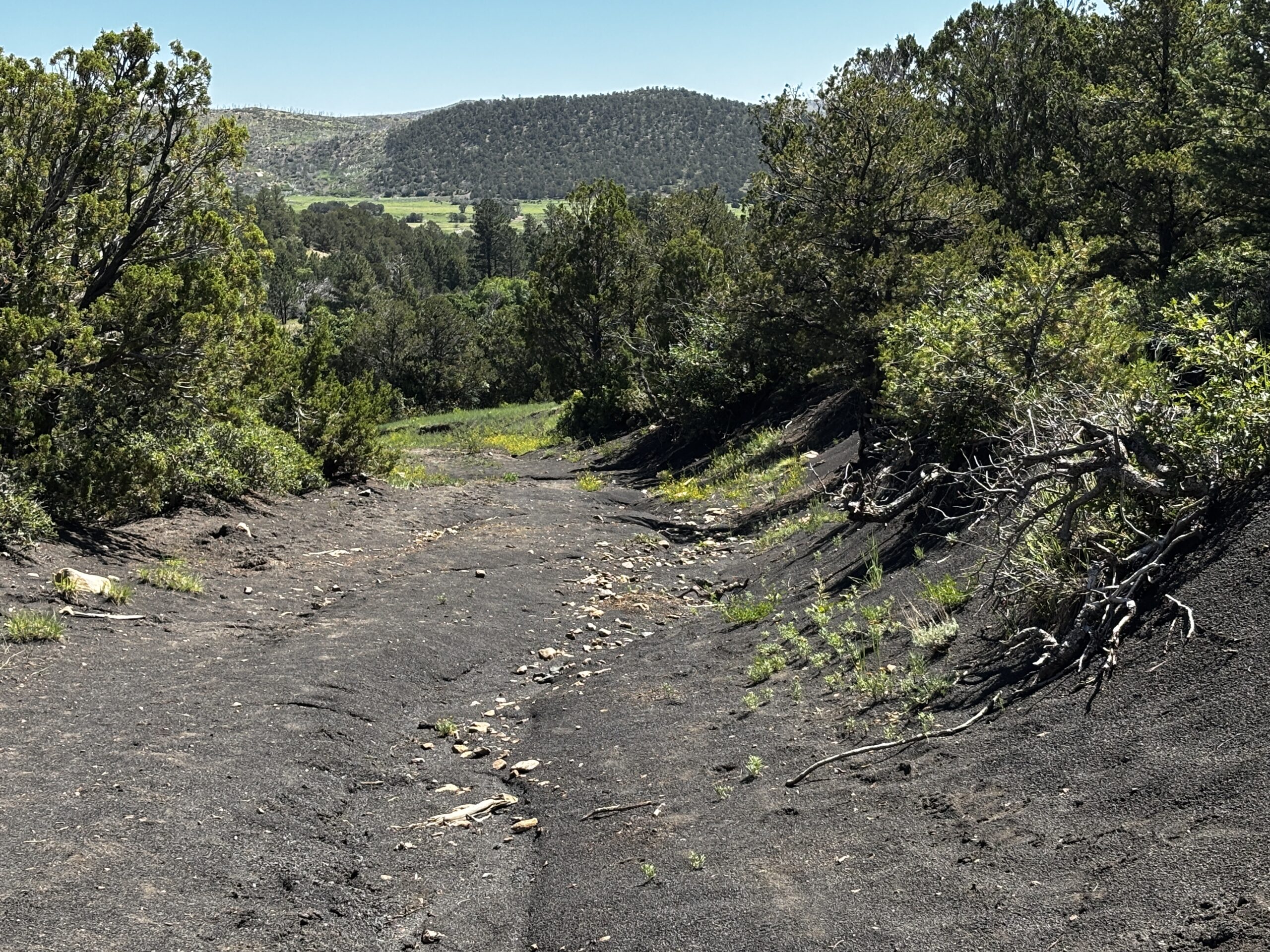
We hopped on a Philmont bus that took our crew within hiking distance. Once we reached our Starting Camp, our Ranger really got to work with us. He led us through intensive training and review on a whole host of essential backcountry skills. This included crucial map & compass navigation, learning proper hiking etiquette, vital lightning safety procedures, and reviewing emergency procedures and first aid. We also covered wildfire safety, learned about backcountry hygiene, practiced campsite setup, got hands-on with water purification, and went over stove and campfire safety. Understanding how to handle cooking, cleaning, and disposal of waste was key, as were the procedures for dealing with bear, “mountain kitties”, and minibears. Finally, we drilled down into Leave No Trace ethics and the Wilderness Pledge, making sure we understood low-impact and minimum-trace camping skills and techniques. It was a lot of information, but all of it absolutely vital for the days ahead.
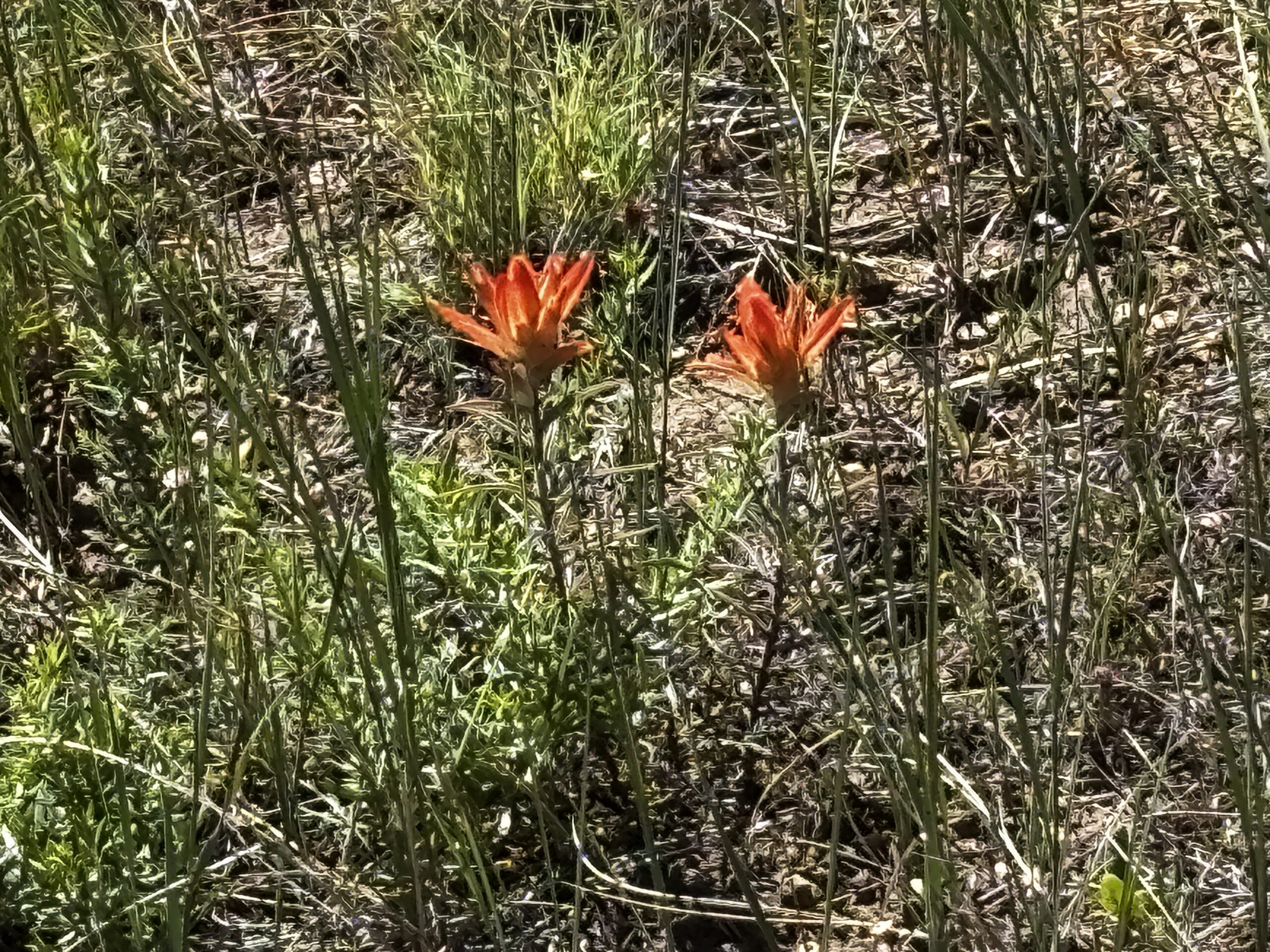
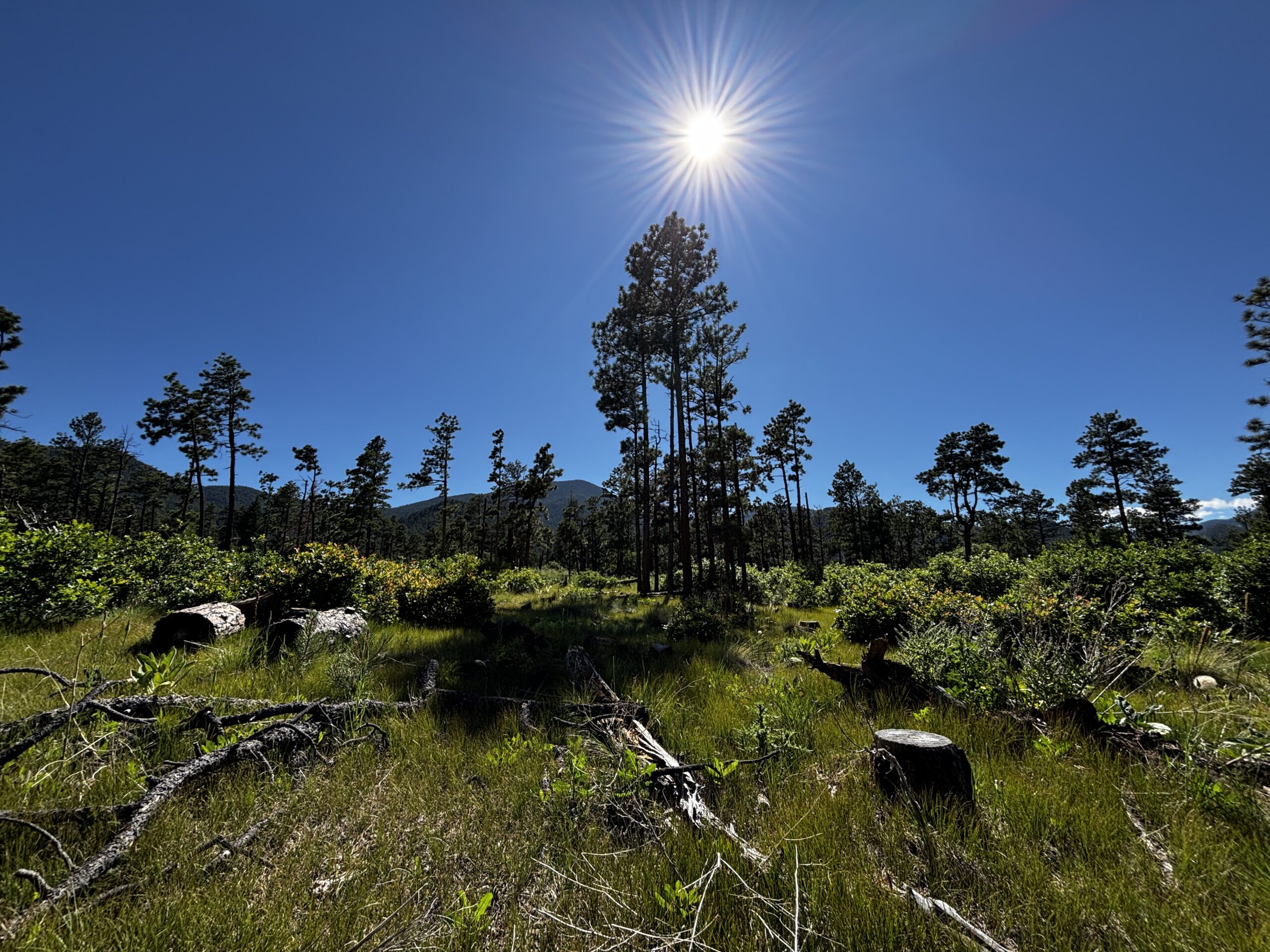
After all that preparation, it was time for our first real hike: 4.2 miles from Camping HQ to Ponderosa Park. This leg involved a significant elevation gain of +1,077 feet while only dropping 103 feet, so we knew it would be a test right out of the gate. Camping HQ is around 6,500-7,000 feet, and Ponderosa Park is a substantial climb, with our max campsite elevation reaching 8,246 feet. To add to the challenge, Ponderosa Park was a Dry Camp, meaning water conservation was an immediate priority. This truly felt like the moment the expedition officially began – moving from preparation to direct engagement with the trail.
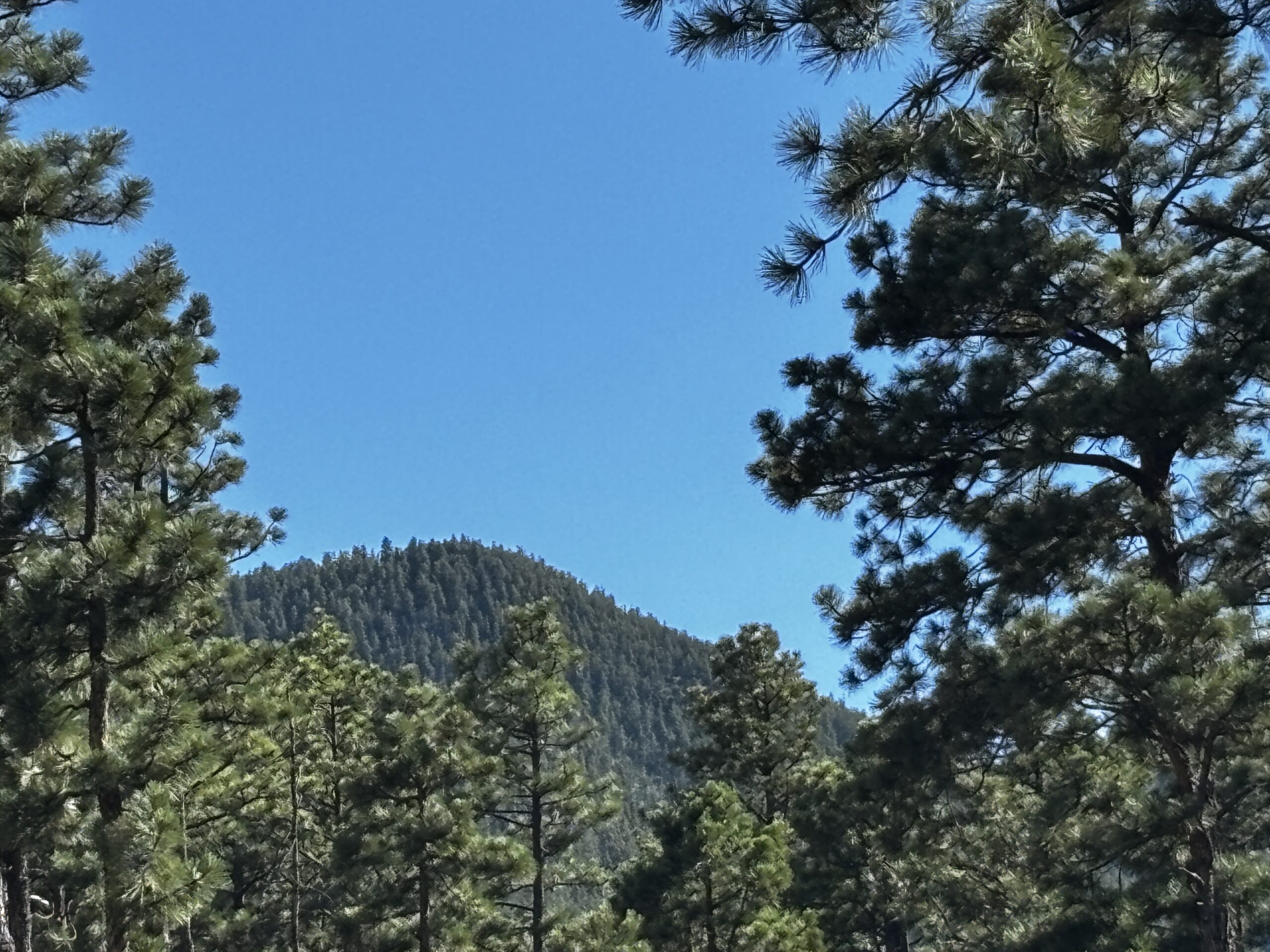
The path gained elevation with brutal efficiency, leaving the familiar warmth of the lowlands behind. The starting elevation of the Vildmarksposten Basecamp quickly became a distant memory as the trail pitched upwards. The sun, though still relatively low, promised a warm to hot day, its rays already beating down on exposed skin, and the sweat soon beaded on Lamech’s brow despite the cool morning air. The relentless uphill climb immediately brought home the reality of their 50-pound packs, each pound now feeling like two. It wasn’t just a hike; it was an endurance trial, right from the first step. Adding to the immediate challenge, Uilleam had warned them: Solvindparken was a dry camp. Every drop of water they carried was precious, demanding immediate and rigorous conservation, a stark reminder of the unforgiving nature of the Kir Kurad.
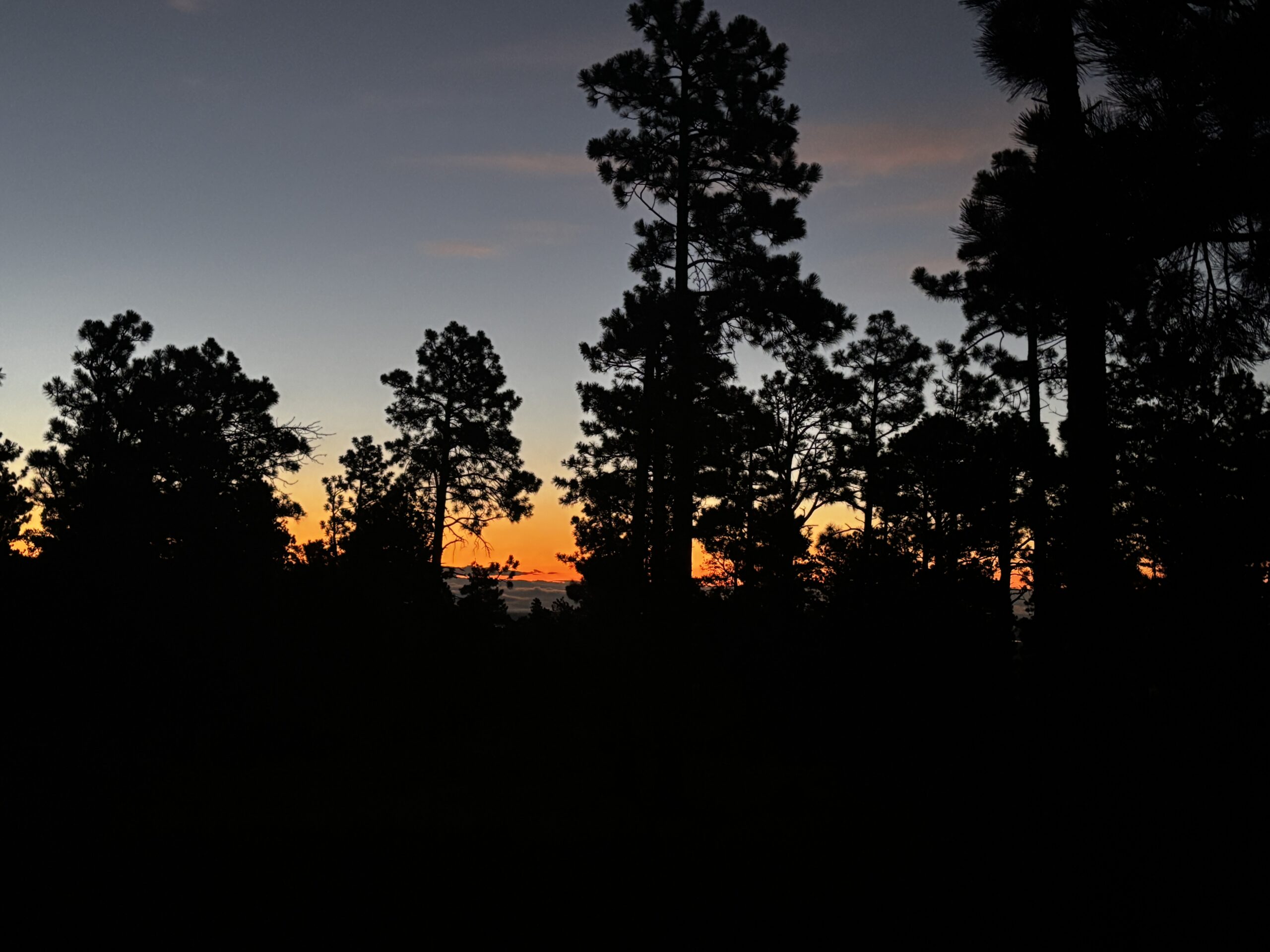
Hiking order is something every crew has to work out for themselves. The person in front was our pacesetter, determining our march. Behind him was our navigator, who had the map and would guide the pacesetter whenever the trail forked. All three adults hiked in the back, followed by our Ranger. Unfortunately, despite having been in Colorado and New Mexico for three days prior, I was suffering from serious altitude sickness. This was a repeat of my trek up Tucker’s Ravine in the Appalachian Trail, though I had much longer to acclimate.
By far the biggest problem was simply pace; we were “super-trooping” as our Ranger called it, in which the entire crew moves at high speed. It’s not sustainable for everyone, and I freely admit I needed the slower pace and the most breaks. That first day, I suffered, panting hard and covered in sweat.

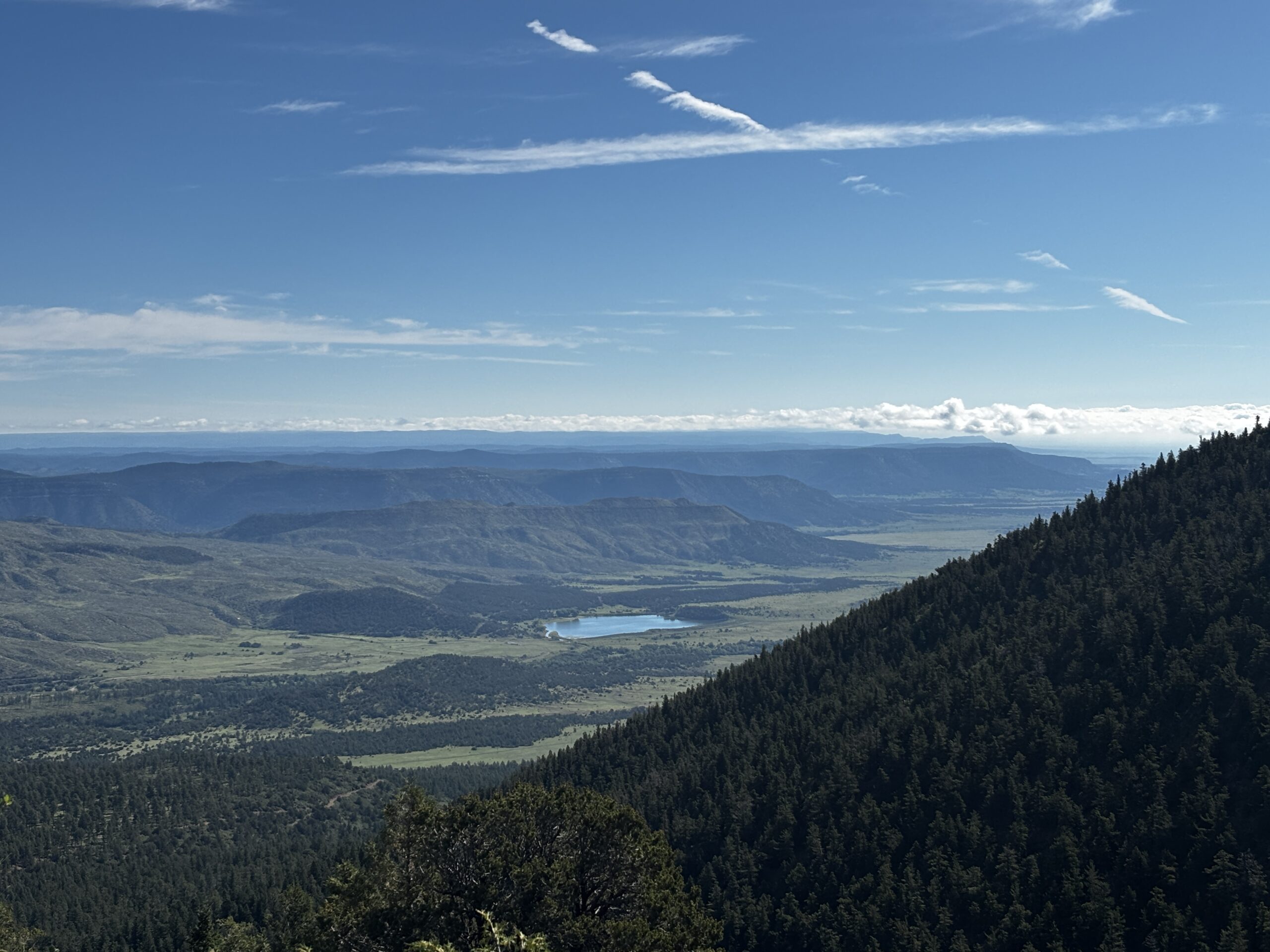
There were two inhibiting factors working against me, each expressed in D&D terms:
- Difficult Terrain: D&D rules state that moving 1 foot in difficult terrain costs 2 feet of speed. While Philmont wasn’t all difficult terrain, significant elevation changes, rocky trails, and even muddy patches due to storms certainly qualified. It effectively halved our speed for those segments, drastically reducing daily progress. A standard 24 miles per day becomes 12 miles per day.
- Elevation: We were at nearly 10,000 feet above sea level and I suffered from altitude sickness for two days: each hour such a creature spends traveling at high altitude counts as 2 hours for the purpose of determining how long that creature can travel. The 12 miles per day becomes 6 miles per day.
Things would only get harder from here.
Philmont Adventure Log
For the full journey, see the rest of the series:
Read more at this site
